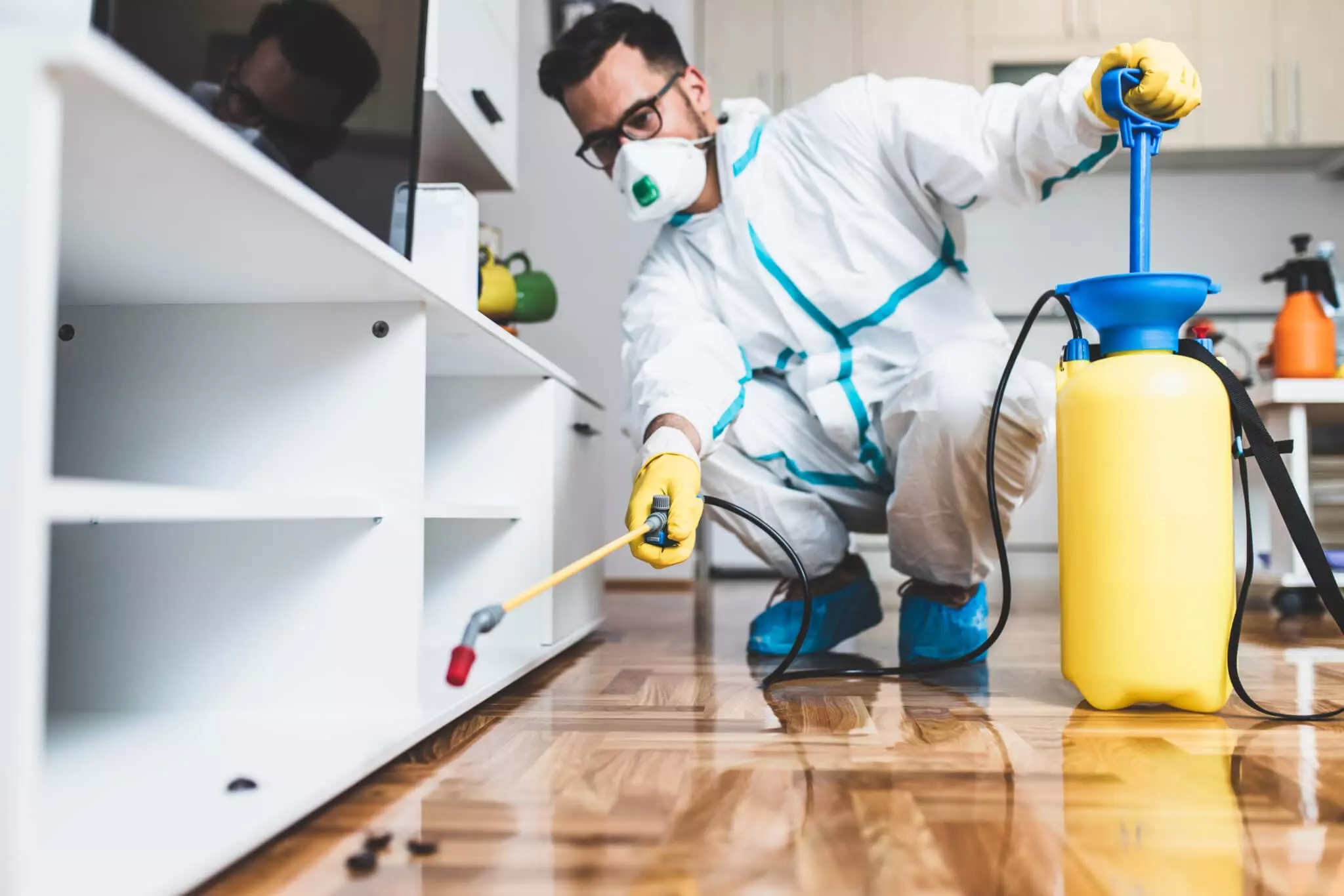Proven Pest Control for total pest elimination.
Eco-Friendly Pest Control Approaches for Managing Wildlife in Urban Areas
Urban locations frequently discover themselves at the junction of human task and wild animals, resulting in special obstacles in parasite management. Environment-friendly strategies emphasize sustainable coexistence, using techniques such as habitat modification and all-natural repellents to reduce human-wildlife problems. These approaches not only protect the atmosphere but also improve neighborhood involvement in wild animals monitoring. As city populaces remain to grow, recognizing the characteristics of wild animals communications ends up being increasingly important. What ingenious techniques can be carried out to make sure both environmental balance and metropolitan safety? Exploring this question reveals an engaging landscape of possible options.
Recognizing Urban Wildlife Dynamics
Understanding Urban Wild animals Dynamics is crucial for creating efficient and environment-friendly pest control techniques. Urban areas are significantly ending up being habitats for various wildlife species, driven by variables such as habitat fragmentation, food schedule, and human infringement. Identifying these dynamics permits a nuanced method to pest monitoring that aligns with eco-friendly concepts.
Urban wild animals commonly includes types such as raccoons, squirrels, and birds, which adjust to city atmospheres, finding specific niches in green areas, parks, and also houses. Their visibility can result in problems with humans, especially when they manipulate human resources for food and shelter. Recognizing the behaviors and environmental duties of these species informs methods that minimize unfavorable communications while advertising biodiversity.
Furthermore, acknowledging the interdependencies within metropolitan ecological communities aids in determining important locations for habitat preservation and reconstruction. This knowledge contributes to the advancement of incorporated bug management (IPM) strategies that consider the ecological balance, thus minimizing dependence on damaging chemicals. By fostering coexistence between humans and urban wild animals, cities can create healthier environments that benefit both residents and local communities, leading the way for sustainable urban living.
Natural Repellents and Deterrents
Natural repellents and deterrents offer a sustainable alternative to conventional pest control methods by utilizing the power of nature to keep undesirable varieties at bay. These environmentally friendly options normally use plant-based active ingredients, important oils, and other normally taking place compounds that hinder bugs without hurting the environment.
One effective natural repellent is peppermint oil, which is known to drive away rats and bugs. Its strong aroma is unpleasant to many pests, making it a prominent selection for metropolitan settings. Vinegar and citrus peels can serve as deterrents, as their strong smells are usually unappealing to numerous wildlife.
Additionally, diatomaceous planet is a natural powder that can be spread out in locations prone to parasite task, properly dehydrating and deterring pests without posing threats to non-target types. Garlic sprays and neem oil are identified for their capacity to ward off a wide array of insects, consisting of both bugs and larger wild animals.
Carrying out these all-natural repellents not just minimizes reliance on chemical pesticides however likewise promotes a much healthier urban environment, cultivating a more balanced conjunction in between humans and wildlife. By using these strategies, urban areas can successfully take care of pest populations while lessening ecological influence.
Habitat Adjustment Strategies
Efficient environment alteration strategies play an important function in lasting parasite management by altering the atmosphere to make it less conducive to pest invasions. By recognizing the eco-friendly characteristics of city locations, homeowner can apply strategic alterations that deter insects while advertising biodiversity.
(Mosquito control Port Charlotte)One main method involves maintaining proper hygiene. This consists of regular waste removal, securing trash can, and getting rid of standing water to decrease breeding sites for bugs and rodents. Furthermore, landscaping methods such as picking indigenous plants can boost eco-friendly equilibrium, offering environments for advantageous organisms while reducing resources for pests.
Another vital technique is to secure entrance points in structures. Checking and repairing Get the facts fractures in foundations, wall surfaces, and windows can considerably lower bug gain access to. Developing physical obstacles, such as fences or plant barriers, can inhibit wild animals motion into human-inhabited locations.
Integrated Insect Monitoring Practices
Building upon environment alteration methods, integrated bug monitoring (IPM) methods use a holistic technique to controlling bug populaces while reducing ecological impact. IPM integrates numerous techniques, consisting of organic, cultural, mechanical, and chemical controls, to attain reliable pest administration.
Organic control involves the introduction of all-natural killers or parasites to decrease bug populaces. Cultural methods, such as plant turning and sanitation, interrupt pest life process and reduce their environments - Pest Control. Mechanical controls, like catches and barriers, provide prompt relief from insect pressures without chemical treatment
Chemical controls are made use of as a last hotel, concentrating on targeted applications that restrict injury to non-target varieties and the environment. The selection of eco-friendly chemicals, when necessary, is essential to the IPM framework. Furthermore, checking pest populations and assessing potential damage helps inform decision-making, guaranteeing that interventions are timely and efficient.
Neighborhood Involvement and Education

(Exclusion Pest Control)Workshops and informative sessions can furnish citizens with understanding regarding native species, environment preservation, and efficient non-toxic pest management strategies. Cooperation with institutions, regional organizations, and federal government firms additionally improves educational outreach, ensuring that essential details gets to diverse target markets.
Additionally, community-led efforts, such as community clean-up days and environment repair projects, not just advertise biodiversity but also enhance community connections. Pest Control. By encouraging homeowners to share their experiences and observations, communities can establish targeted techniques that deal with specific regional parasite issues
Integrating comments from residents right into insect monitoring prepares enables a much more responsive and flexible approach to wild animals challenges. Eventually, informed and engaged areas are crucial to attaining long-lasting success in environmentally friendly parasite control, resulting in much healthier urban settings that respect both human and environmental demands.

Verdict
In verdict, green parasite control comes close to offer sustainable solutions for taking care of metropolitan wildlife. By prioritizing habitat alteration, using natural repellents, and executing integrated insect management techniques, neighborhoods can cultivate an unified coexistence with local animals.